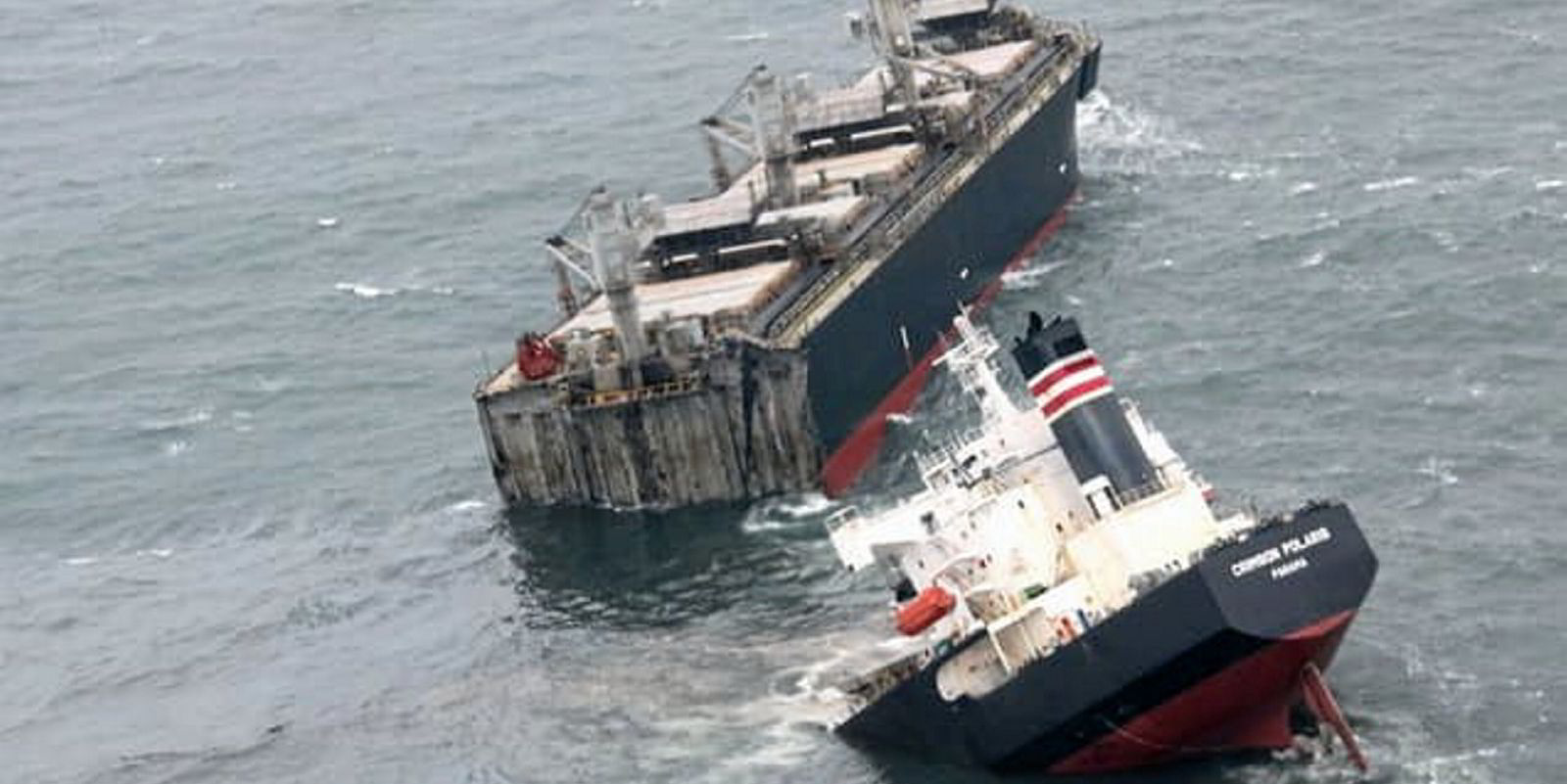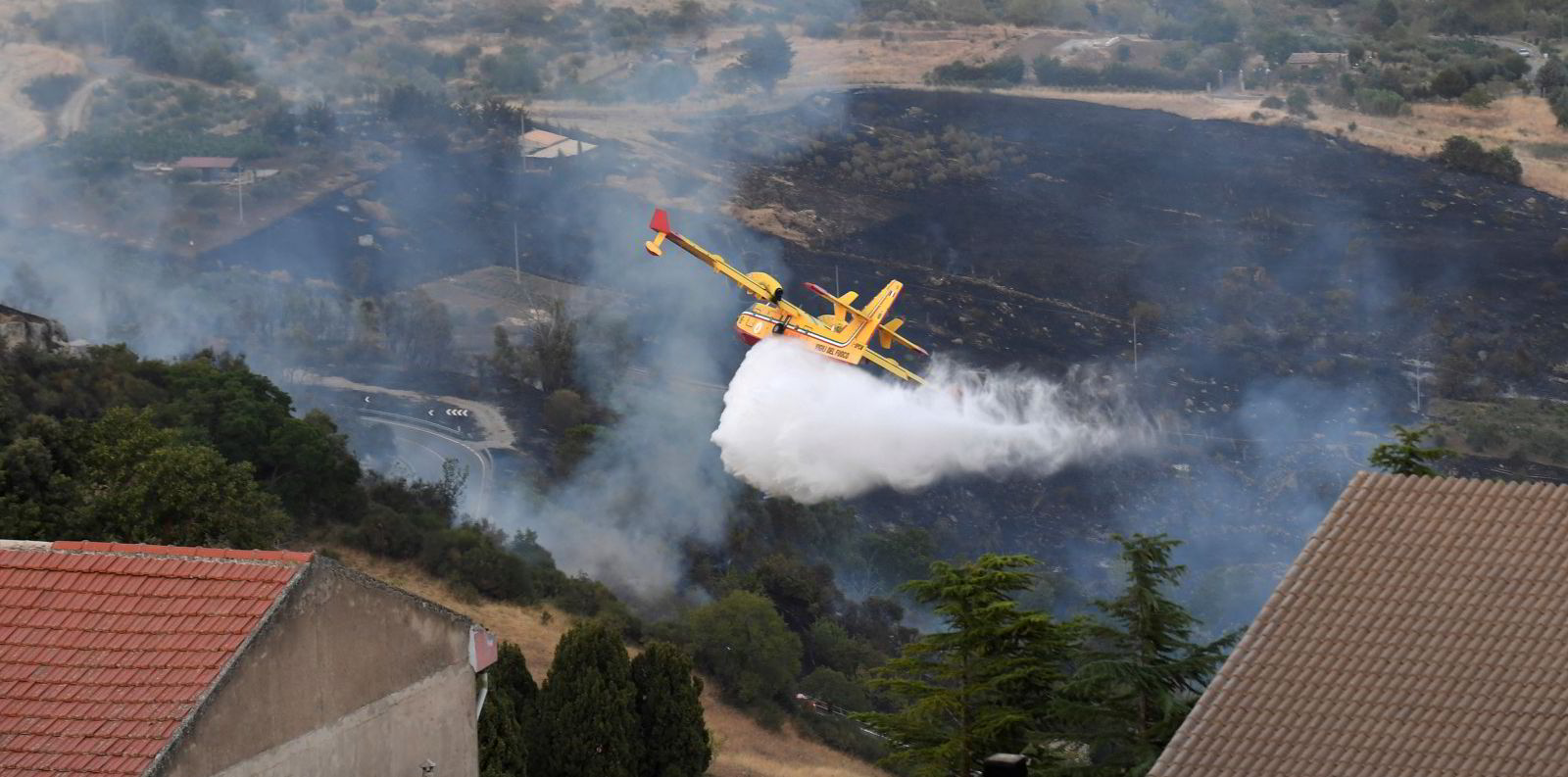In the maritime world, it's been all the 'Cs' this week, if you can forgive the pun: climate change and containers. The UN's seven-yearly IPCC report into the status of climate change science has focused minds still further on the need to accelerate actions.
For the wider world that is at the COP26 meeting in Glasgow in November, and for shipping that will be in London at the IMO. More, faster action is clearly necessary.
But the world of the day-to-day business is no less shocking with the container market continuing its record-breaking upward charge into territory that is barely been dreamt of before.
Here's what I've been reading this week.
1. Drop in container freight rate index described as ‘just noise’
Container shipping seemed to be facing a potential rollercoaster ride when a key index showed a major one-day decline. But all was not what it seemed. Correspondent Ian Lewis discovered that last Friday's drop in the Freightos Baltic Index was likely a result of technical changes in the way the index is calculated. Container freight sources said it still cost nearly $20,000 per feu to ship boxes from China to the US.
2. ‘Punitive’ surcharges put pressure on red-hot freight market
But there's a reason why the Baltic Exchange and Freightos were tinkering with their container freight index. Liner operators are piling on surcharges, on top of record-high headline container rates, adding to the cost of shipping. The British International Freight Association has warned that additional premiums are in store.

3. Container carriers spooked by fresh outbreak of Covid-19 in Ningbo
There may be more congestion in store for the containership market after a key terminal in Ningbo, China, suffered an outbreak of the coronavirus. Liner operators have warned shippers that there may be delays. But the container carriers could benefit from a positive rate impact, and from levying more of those surcharges, as a result of any slowdown.
4. Tanker missing for over a month off Oman with $30m China-bound cargo
Where is the Winsome? The tanker was last seen by tracking systems on 5 July, when it set out from Oman with a cargo of oil. It did not head to China, and some believe it is anchored off Iran, potentially after being seized.

5. Stricken NYK-operated woodchip carrier breaks in two off Japan
The 49,500-dwt woodchip carrier Crimson Polaris (built 2006) had been refloated after running ground, but the drama then worsened. With its hull weakened and cracked, the NYK Line-operated ship broke in two off Japan. Fortunately, all 21 crew members were rescued.
6. IPCC's 'code red' adds urgency to drive to cut shipping's carbon
Many in shipping did not see the IPCC report as new information, but what they did see was reinforcement of the need to take meaningful moves to reduce shipping's carbon footprint. The report also adds to the debate on LNG's role in decarbonisation, and not in a way that fuel's proponents would like.



